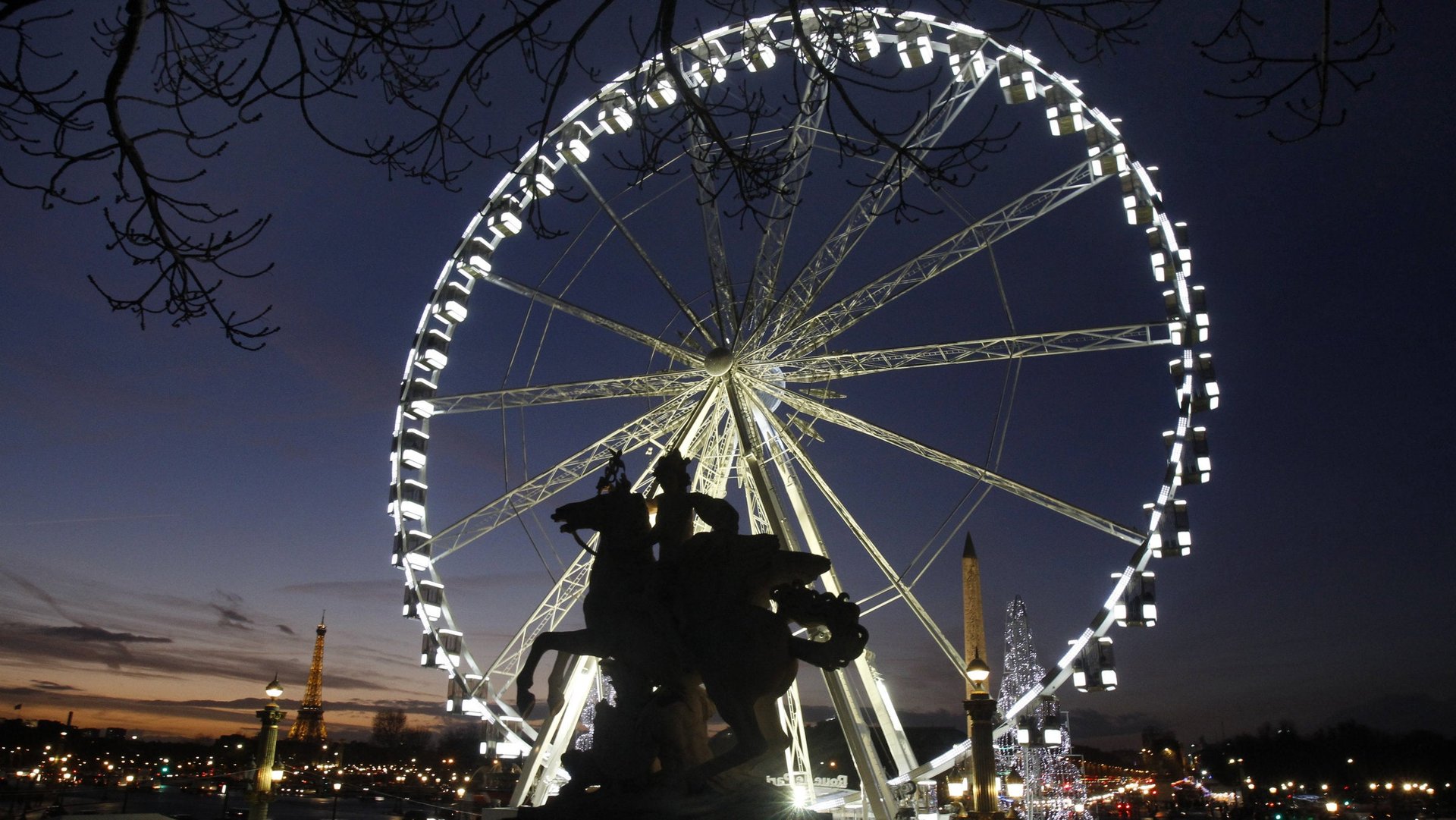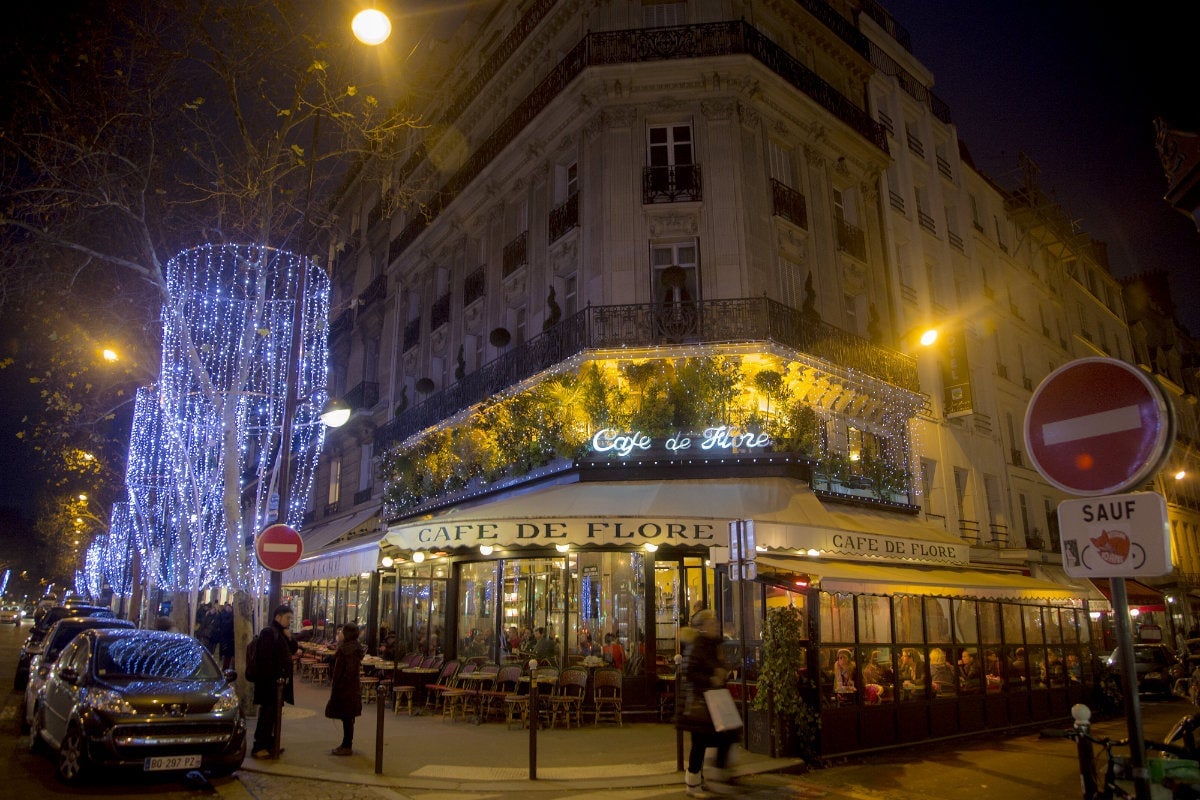The city of light no more: In 2013, Paris to go dark after 1 a.m.
The last time an absolute monarch turned out the lights in Paris, “the darkness was so complete that the city guards could report 15 unsolvable killings on a nightly basis,” says French historian Andrew Hussey.


The last time an absolute monarch turned out the lights in Paris, “the darkness was so complete that the city guards could report 15 unsolvable killings on a nightly basis,” says French historian Andrew Hussey.
Now, nearly 700 years after the bankrupt King Philippe the Handsome and his plodding Grand Chamberlain Engurran de Marigny banned illumination after dark in hope of squirreling money to pay off debt, Socialist French President Francois Hollande and his Baldrick Energy Minister Delphine Batho have resurrected the medieval strategy that contributed to France becoming one of the first recorded states to devalue its currency.
The city of light is about to go dark.
Paris draws some 8.5 million visitors annually. American real estate executive John Lonardo, a specialist in commercial urbanization, is one of them.
“Paris isn’t Las Vegas, so I said good idea when Sarkozy last year ordered the neon lights shut down between 1 a.m. and 6 a.m.,” says Lonardo, senior adviser at Sperry Van Ness Commercial Real Estate in Miami. It’s well past the bewitching hour . Hearing that his favorite cafe and more than 650,000 other French merchants are destined to go dark, he shakes his head at the waiter and orders another drink.
“Hollande’s decision to cut the switch is a knee-jerk reaction void of any thought process,” says Lonardo, a 40-year veteran of commercial real estate projects in the US, China and Europe who happens to be an expert in energy-efficient lighting fixtures. “If you want to kill a commercial area, make it dark at night and everybody will stay home. In fact, the best way to kill a commercial area is to turn off the lights.”
The French tourist industry, which accounts from some 6.5% of the country’s GDP and employs around 900,000 people, knows that Parisian noctambulists are not sleepwalkers. “Visitors and locals follow the light, from one spot to another, all night long,” says French chef and culinary consultant Didier Quemener. “My clients don’t want to be in the dark in the City of Light.”
Little things, like the temperature of a late-night Armagnac at Cafe de Flore, mean a lot in Paris. Big things, like ordering all French shops, offices and public buildings to extinguish their nightlights between 1 a.m. and 7 a.m. as of July 2013, has left the flaneurs at Flore wondering if Hollande’s ukase bans candles and flashlights and whether they’ll be allowed out after midnight.

Flaner is one of the more interesting words in the French language, a verb that means to drift or wander. Turn it into a noun, flaneur, and you have a precise definition of the 81.4 million people who last year visited France, spending about $191, day and night.
The urge to spend the night en flanant is particularly strong during the spring and summer. “The neighborhoods are packed with people until dawn,” says Quemener. “Those days look about to end.”